-
×
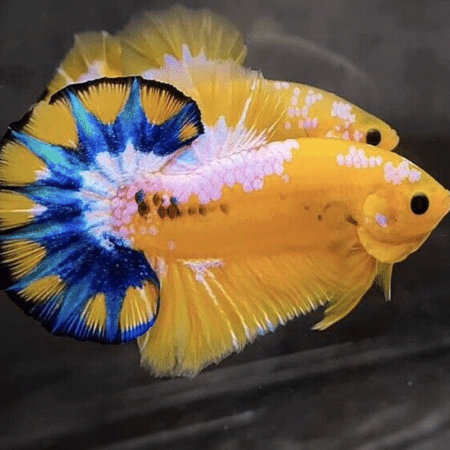
-
×
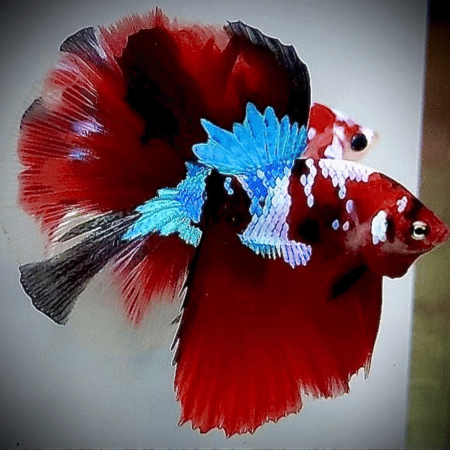
-
×

-
×

-
×

-
×
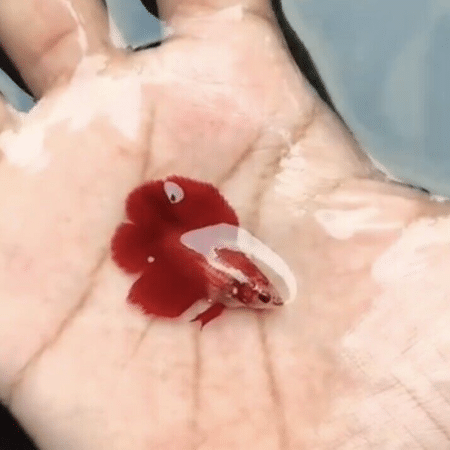
-
×
 Golden Eyes Vampire Crab - Geosesarma Sp. - Decapod Crustacean
2 × £8.71
Golden Eyes Vampire Crab - Geosesarma Sp. - Decapod Crustacean
2 × £8.71 -
×

-
×
 Assorted Colour Vampire Crab Geosesarma Sp 2-3Cm
2 × £8.71
Assorted Colour Vampire Crab Geosesarma Sp 2-3Cm
2 × £8.71 -
×

-
×

Subtotal: £483.85

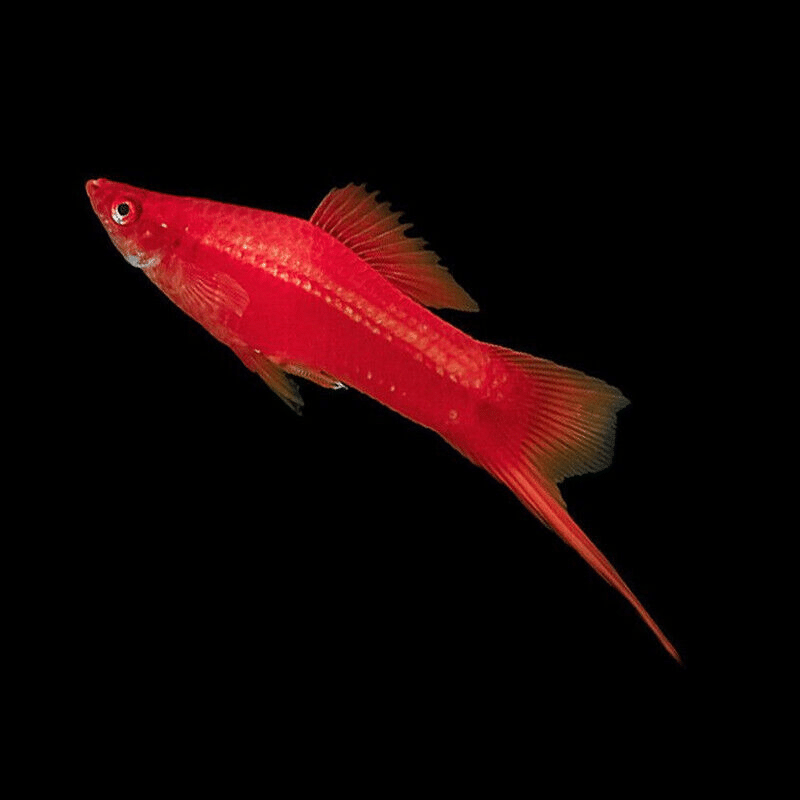
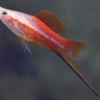








Emily Carter (verified owner) –
I recently purchased the 10 x Ada Red Swordtails (Xiphophorus Hellerii) for my 55-gallon community tank, and I couldn’t be happier! These little beauties arrived healthy and vibrant, with stunning colors that truly light up the aquarium. I’ve had them for about two months now, and they’ve been a joy to watch as they dart around and interact with other fish.
What I love most is how easy they are to care for; they adapt well and seem to thrive in my tank’s conditions. I did a bit of research prior to buying and found that these swordtails are much hardier compared to some other livebearers I’ve tried before. The family-friendly nature of these fish makes them a perfect choice for both beginners and seasoned aquarists. Just remember, they appreciate a bit of space, so a larger tank is always beneficial.
If you’re considering adding some lively and colorful fish to your aquarium, I highly recommend these swordtails! They really bring a sense of energy and joy to the tank, and I plan on getting more soon. Just a tip: keep an eye on water parameters to ensure they’re always happy and healthy. Happy fish-keeping!
Emily Parker (verified owner) –
I recently purchased the 10 Ada Red Swordtails, and I couldn’t be happier! As a caring fish parent, I always prioritize the health and happiness of my aquatic friends, and these beautiful swordtails are a perfect addition to my community tank. They arrived in excellent condition, swimming energetically after just a week in my aquarium. I love how their vibrant colors brighten up the space, and they seem to thrive in the conditions I’ve provided.
Compared to other beginner fish I’ve kept, these swordtails are remarkably easy to care for. They adapt quickly, and I’ve noticed that their playful nature brings a lovely dynamic to the tank. Plus, their friendly temperament makes them great companions for my other fish.
One minor concern is that they can be a bit shy initially, so providing plenty of hiding spots can help them feel at home sooner. Overall, I would highly recommend these swordtails to fellow beginner aquarists; they truly are stunning and easy-care fish that will brighten your home aquarium. I can’t wait to watch them grow and flourish!
I will definitely be back for more!